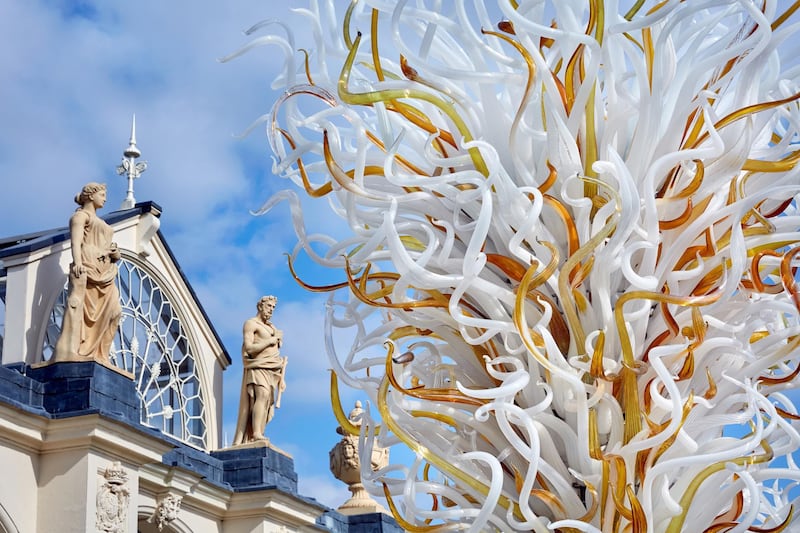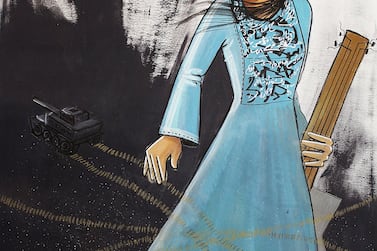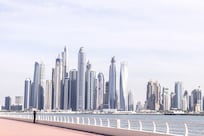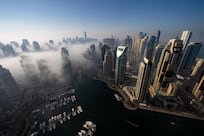A visit to London's Kew Gardens will now bring you face-to-face with several unexpected new arrivals. Reeds, herons and marlins in turquoise, red and yellow in the newly restored Victorian Temperate House, a tall brush-like yellow and scarlet "icicle" tower in the elegant Syon vista between the Palm House and the River Thames, and dozens of lozenge-like orbs in various hues are nestled in the zen-like gravel of the Japanese garden.
Glass artist Dale Chihuly, who lives in Seattle, has returned to Kew Gardens 14 years after his hugely popular Garden Cycle exhibition, and has brought with him 32 artworks, most of which have never been shown in the UK.
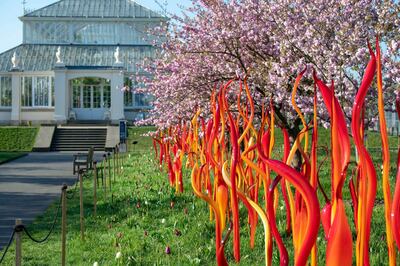
They came in 40-foot shipping containers, 11 of them, and it took 18 installers 18 days to assemble the pieces.
Ranging from the dramatic and ostentatious, such as the nine-metre-long suspended sculpture of cascading Temperate House Persians; to the delicate, surreal or whimsical, including his Ikebana still lifes of vases filled with tall flowers with twisting stems, they showcase Chihuly's bold and uninhibited sculptural approach to working with glass, his desire to push the material as far as it can go using a blend of new and very old techniques.
Chihuly, who is now in his late seventies and was not keen to say more than a sentence or two at the preview, is known for his enduring interest in how objects look in space.
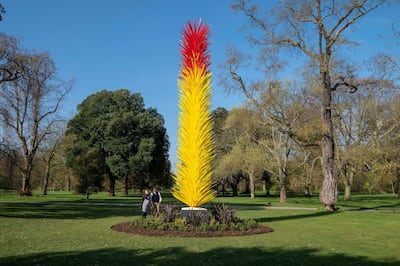
Perhaps it’s because he studied interior design before going into a glass programme, but the composition of objects, and their ability to transform and mould an environment, is all-important to him.
You can see it in Persians, in the way several delicate, white experimental organic floral shapes with swirling patterns, which he has been making since the '80s, have been skilfully dotted around the pond of Kew's Waterlily House in smaller and larger groups, some of which ascend skywards on stems of steel.
You see it also in the deep red and gold Cattails and Copper Birch Reeds happily dancing among the blossoming cherry trees and colourful tulips of the Cherry Walk near Kew's stunningly beautiful Victorian Temperate House.
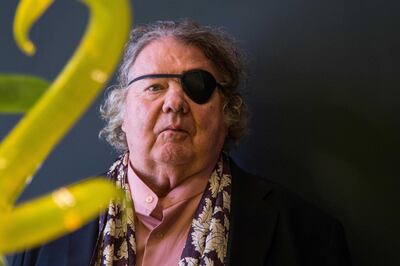
None of this spatial magic would be possible without technical pyrotechnics, endless experimentation and a huge team of around 100 back in Seattle. With Chihuly, the stats are almost as impressive as the pieces, emphasising the complexity of the fabrication behind many of the works.
His Summer Sun at Kew boasts a fiery orb made from a tangle of 1,483 red, yellow and orange tendrils that are illuminated at night and reflected in the Palm House Lake, while his aforementioned icicle tower is made of 1,882 individual elements.
His Niijima Floats, shown in the Japanese garden, are some of the largest glass spheres ever blown, measuring up to 40 inches across, while his Rotolo series of coils unfurl improbably upwards and outwards and are made by a team of up to 17 people working in unison.
As visitors make their way from one installation and object to the other, they will marvel at how his sculptures and pieces stand out, but also how well they blend in.
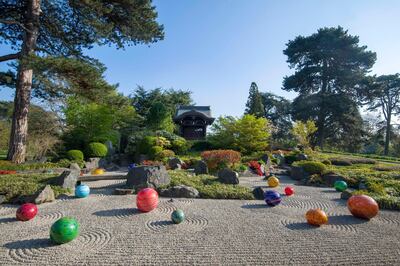
“I want my work to appear like it came from nature, so that if someone found it on a beach or in the forest, they might think it belonged there,” he has said many times over the years.
This desire to celebrate and reflect the diversity and opulence of the natural world has the knock-on effect of encouraging greater appreciation of the plants around the world. Art and gardens go together perfectly, it transpires.
Arguably the most satisfying part of this show, which is also a retrospective as it includes pieces made over the past five decades, is the exhibition in Kew Gardens’ Shirley Sherwood Gallery, the only museum in the world dedicated to botanical art.
Here you will see paintings and earlier pieces by Chihuly as well as several films dedicated to his creative process. It's a refreshing reminder that he isn't only about the oversized large-scale pieces, and that he has spent a lot of his artistic career exploring and researching primal forms, such as vessels and baskets, and pushing them to become something else.
Whether it's incorporating patterns based on Native American weaving and basketry, or pushing the form in his Macchia series of misshapen bowls, this indoor section speaks clearly of his love of the material. You combine sand and fire and it turns into a liquid that you can "gather up like honey", he says in one of the films playing.
His words are full of mystery and wonder about the elemental nature of making glass. The same wonder you are bound to feel at the improbable forms, tantalising patterns and kaleidoscopic colours around you.
Reflections on Nature is at Kew Gardens until October 27. For more, visit www.kew.org
